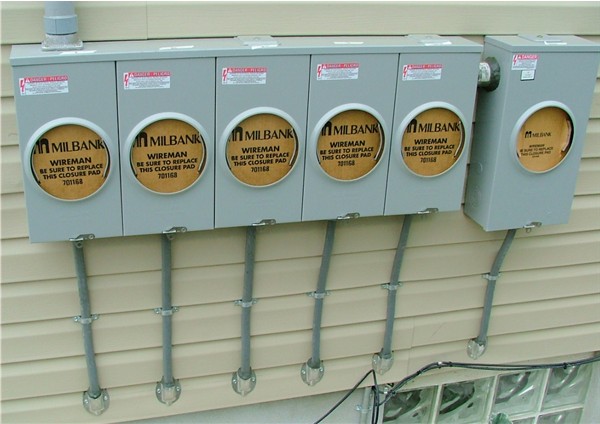M. D.
Senior Member
This is what I have been taught ,.
By Mike Holt for EC&M Magazine
Part I. General
Author?s Comment: Understanding where the service begins and where it ends is critical in the proper application of many Code rules. To understand how to apply these rules, we need to review the following definitions from Article 100.
Service point - The point of connection between the facilities of the serving utility and the premises wiring.
Service conductors - The conductors from the service point to the service disconnecting means (service equipment, not meter). Service conductors would include service-entrance conductors for both overhead (service drop) and underground (service lateral).


